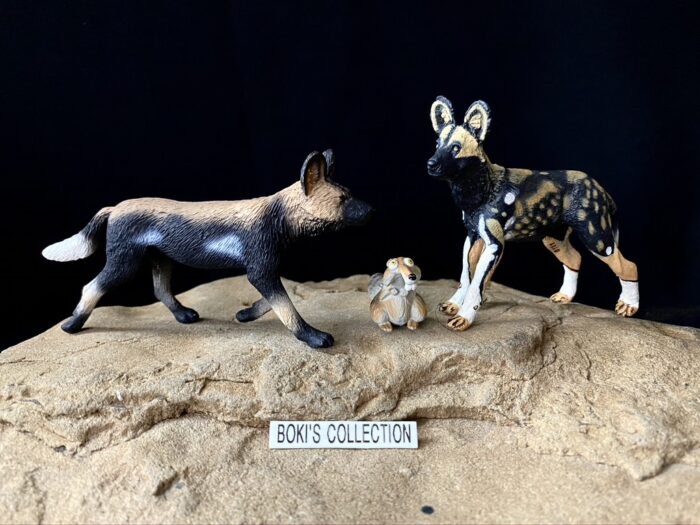One of the large mammals that survived the Ice Age is the horse (Equus ferus). As a result of domestication by humans and travelling to Asia, it survived the extinctions in North America, and are now widespread across the globe, helping humans travel across tough terrain and long distances.
Type: Figurine
Blue Whale (Marine Life by Papo)

Review and images by callmejoe3; edited by bmathison1972
The blue whale (Balaenoptera musculus) is among the most famous of all cetaceans, as it is recognized as the largest known animal currently living, and likely to have ever lived, on Earth. This whale is alternatively referred to as the ‘’sulfur-bottom’’ due to the growth of diatoms creating a yellowish pigmentation on the ventral body.
Centipede (Hyde and Eek! Boutique by Target Brands)
Labrador, pair (Noah’s Pals by Caboodle! Toys LLC)

You never know how someone is going to affect your day-to-day life. A month ago, someone I knew down my road passed away. He was never a major part of my life, but he was always there, happy to chat about everything and nothing, always accompanied by a black Labrador (Canis lupus familiaris).
Kiwi (Wildlife by CollectA)
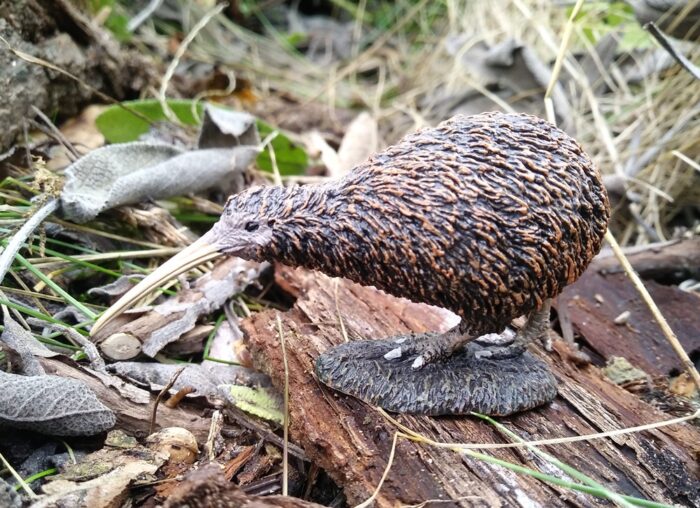
Review and images by Lanthanotus; edited by bmathison1972
Today I want to introduce you to the figure of another instantly recognizable bird. But again, despite its worldwide popularity, the choice of figures is comparably few. The more welcomed is CollectA’s 2015 release.
“Kiwi” derives from the native Maori language and – as quite common in bird names – refers to the call of the animal.
Edible Crab (Marine Life by Papo)
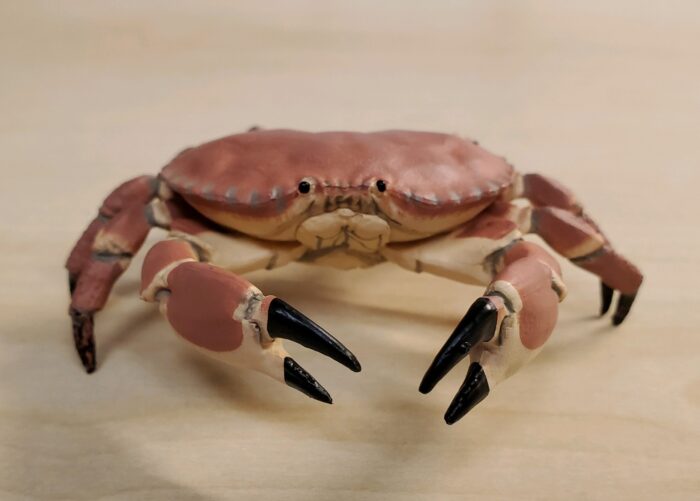
Today we are looking at the edible crab (Cancer pagurus) released just this year by Papo. This is an exciting figure. It is Papo’s first crustacean, and only the second crustacean in a Western company’s ‘Sealife/Marine life’ line following CollectA’s 2019 king crab (I am not counting figures in the Incredible Creatures line by Safari Ltd.).
African Wild Dog (Safari Ltd. and Mojö Fun)
Toco Toucan (Wild Life by Schleich)
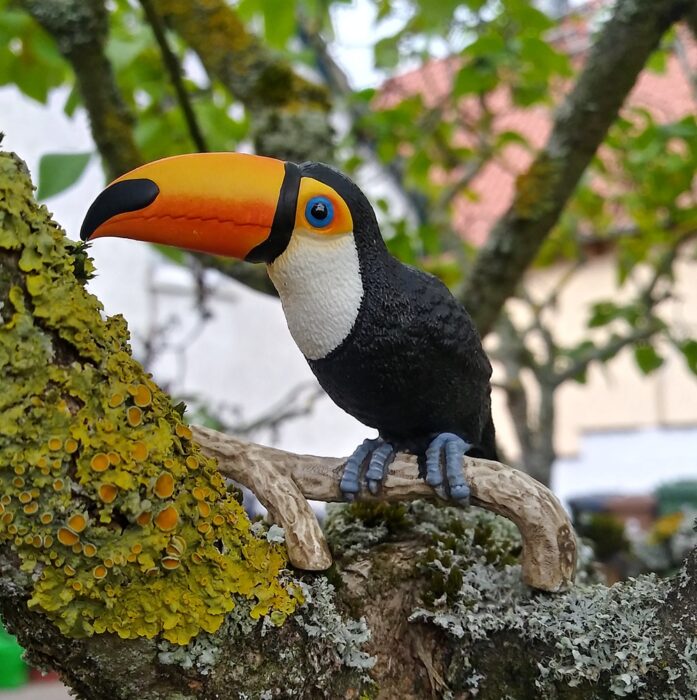
Review and images by Lanthanotus; edited by bmathison1972
The giant toucan or toco toucan (Ramphastos toco) is one of those unmistakable birds almost anyone recognizes even with no ornithological background at all. There are a number of models to choose from generally, although quite a number are hard to come by and the quality is mixed.
Miracle of the Earth: The Brilliance of Fireflies (Jám)
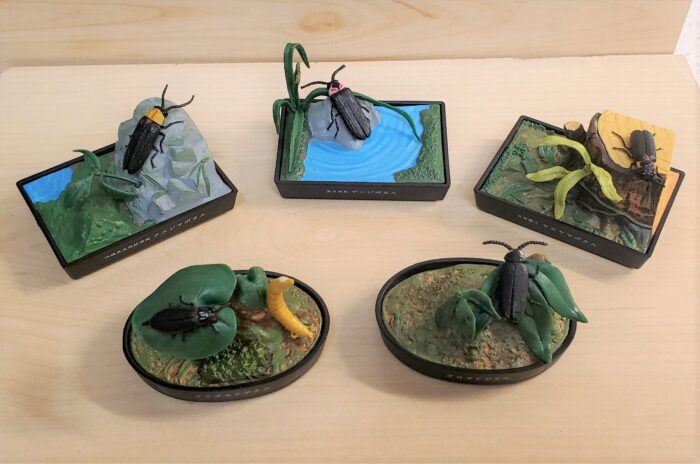
Today I am showcasing a very interesting set. It has been a ‘Holy Grail’ set for a while and I recently completed it. The figures in this set are probably worthy of individual reviews, but since it is such a rare and unusual set, and it is unlikely anyone else would have these figures to review (among our regulars), I thought I would show the whole set at once.
Dalmatian, pair (Noah’s Pals by Caboodle! Toys LLC)
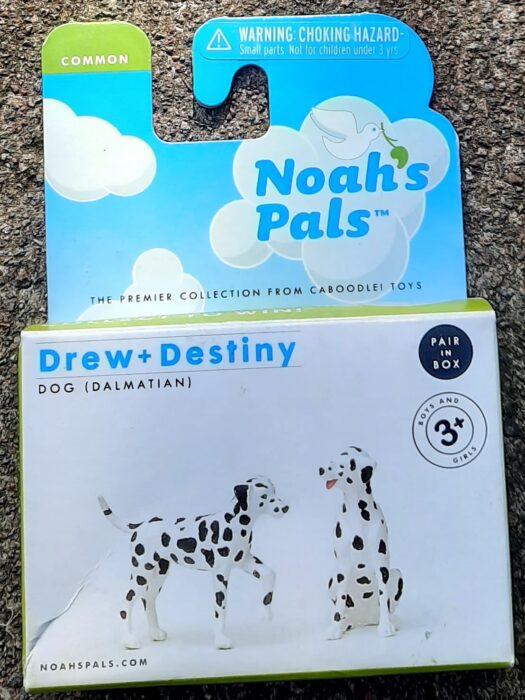
Often referred to as man’s best friend, dogs (Canis lupus familiaris) have been a major part of human life for thousands of years, helping us hunt, track, and keep us company, not to mention modern adaptations, such as helping the afflicted live better lives. No wonder Noah’s Pals made two sets of these animals (though I’d rather have had more wild species, but there you go).
Deep Sea Creatures TOOB (Safari Ltd.)

Review and images by Suspsy; edited by bmathison1972
Of all the creatures in the world’s oceans, none are more bizarre and more terrifying to behold than those that dwell in the darkest depths where the light does not penetrate. Seven of these strange species are to be found in the 2014 Deep Sea Creatures TOOB courtesy of Safari Ltd.
Asian Swallowtail, larva (Life With Insect Desktop Models by Bandai Spirits)

Today I am reviewing another figure from the 2020 Life With Insect collection by Bandai Spirits. This time, we are looking at the larva of the Asian swallowtail, Papilio xuthus, which was part of a set of three immature insects sold together as Desktop Models. The other two in the trio are the larva of the Japanese rhinoceros beetle and the nymphal exuvia of the large brown cicada (which was already highlighted on the Blog here).






